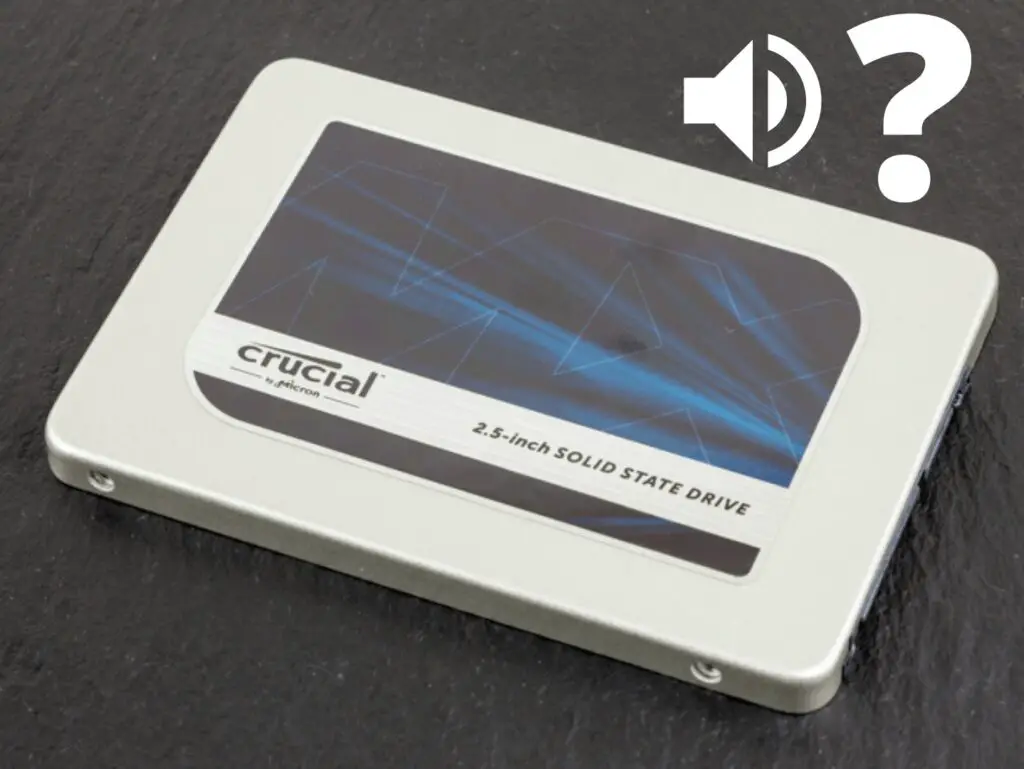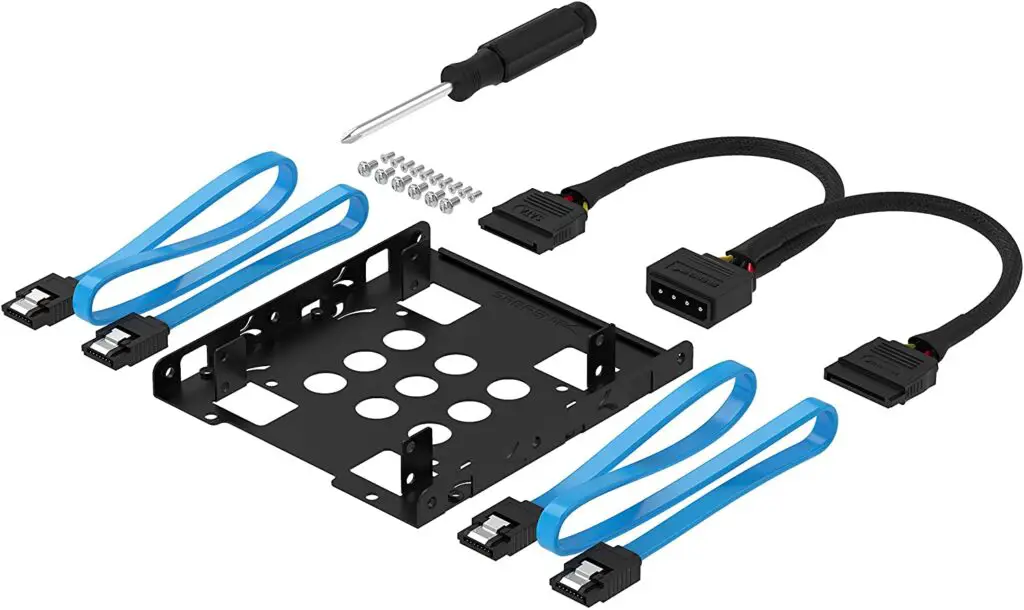A 3D pen is a fascinating device that allows you to create three-dimensional objects by extruding heated plastic that cools down and solidifies almost instantly.
I’ve been exploring this tool, and it’s incredible how you can bring your creativity to life by drawing in the air or on surfaces.

In this guide, I’ll be sharing my experience and knowledge on how 3D pens work and what makes them such an exciting addition to the world of art and technology.
These pens function similarly to a 3D printer but offer the freedom of handheld control, making them perfect for beginners and experts alike.
Grab your 3D pen, and let’s unravel the magic behind this fascinating technology!
Table of Contents
Understanding 3D Pens

Basics of a 3D Pen
A 3D pen is a fantastic tool that lets you create three-dimensional objects by hand. To understand how it works, we need to know a little about its main components.
The core components of a 3D pen include a heating element, an extruder, and a nozzle.
When I use a 3D pen, I insert a plastic filament (typically made of PLA or ABS) into the pen’s loading port. As the filament reaches the heating element, it starts to melt at a specific melting temperature.
I can control the extrusion speed, allowing me to draw and create objects layer by layer.
The melted plastic comes out of the nozzle as a thin, continuous line. As it cools down, it solidifies, forming a stable 3D structure.
Comparing 3D Pens and 3D Printers
While a 3D pen and a 3D printer may seem quite similar at first glance, they do have some differences. Here’s a brief comparison:
| Feature | 3D Pen | 3D Printer |
|---|---|---|
| Purpose | Handheld 3D drawing | Automated 3D printing |
| Material | PLA, ABS filament | PLA, ABS, and others |
| Speed | Manual control | Predefined by the software |
| Precision | Depends on the user’s skill | High precision, computer-guided |
| Applications | DIY projects, art, and repairs | Prototyping, manufacturing |
While using a 3D pen, I have the freedom to create objects without any pre-designed template, making it perfect for artistic projects.
On the contrary, 3D printers follow a predetermined design, offering high precision and reproducibility suitable for engineering and manufacturing applications.
Though both tools use heat and filament to create 3D objects, the context of use makes them quite different from one another.
Getting Started with Your 3D Pen

Choosing the Right 3D Pen
As a beginner artist looking to create 3D artwork, my first step was finding the perfect 3D pen!
There are many options available, but essential features to consider include temperature control, filament compatibility, and overall design. Based on my research, I found the 3Doodler to be a popular choice among users.
Setting Up Your 3D Pen
Once I got my hands on a 3D pen, I discovered that setting it up was quite simple.
First, I plugged it in and waited for it to heat up, while also taking note of the recommended heat settings. Remember, safety precautions are essential, as the pen’s tip can reach high temperatures.
After warming up, I loaded the pen with filament, which is the material used to create the 3D designs. Most pens have buttons for loading and unloading, so experimenting with these helped me understand my pen better.
First Doodles: Practical Tips
As excited as I was to put my 3D pen to use, I knew that practice would be crucial for refining my skills.
To start, I used stencils and templates as a guide for creating various shapes, allowing me to focus more on my technique.
It’s essential to practice maintaining a consistent line width and ensuring each line connects with others. As I gained more experience with my 3D pen, my confidence grew, and my designs became more intricate.
With the information shared above, I hope that my journey of getting started with a 3D pen helps guide others looking to venture into this creative art form!
Advanced 3D Pen Techniques

Creating Complex Models
When it comes to creating complex models using a 3D pen, I always encourage embracing your imagination.
With a bit of practice, you can transform a simple doodle into a stunning three-dimensional object. One helpful trick is starting with a 2D sketch on paper, which can act as a blueprint for your 3D model.
Don’t worry if you’re new to this, there are plenty of tutorials available that can guide you through the process, like those by Mynt3d.
To make your sculptures even more intricate, you can combine multiple pieces by “welding” them together with the 3D pen.
This technique allows you to build larger and more detailed models, and it can be quite fun exploring the boundaries of what’s possible.
Mastering 3D Pen Art
When approaching 3D pen art, I’ve discovered that the key is practicing different techniques to create various effects. For example, you can use the 3D pen to doodle directly onto a canvas, or even create three-dimensional objects that stand on their own.
- Shading: To add depth and dimension to your art, try adjusting the temperature of your pen. Lower temperatures create smoother lines, while higher temperatures produce more textured lines.
- Layering: Building up layers with your pen can create a sense of depth in your artwork, making it appear more realistic.
- Blending: Mixing colors while extruding the filament can produce a beautiful gradient effect.
Remember, 3D pen art is not limited to just drawing on a flat surface. By experimenting with different surfaces and angles, you can create truly unique sculptures that push the boundaries of traditional art.
With practice and patience, mastering 3D pen techniques will allow you to create stunning pieces that reflect your imagination and creativity.
Maintenance and Safety

Caring for your 3D Pen
As a 3D pen user, I always make sure to properly care for my pen to ensure its longevity and maintain its performance.
One important aspect is using a reliable and high-quality filament, such as ABS filament, which not only produces better results but also prevents clogging and damage to the pen.
Another essential step I take is to keep the pen clean after each use. Once it cools down, I gently remove any remaining filament and debris.
Regularly inspecting the pen’s components, such as the nozzle and cooling equipment, is crucial to maintaining its proper function.
Health and Safety Tips
Being aware of the health and safety precautions associated with using a 3D pen is paramount.
While 3D pen fumes may not be as intense as those from larger 3D printers, it is still essential to prioritize your safety.
For instance, I always make sure to use my 3D pen in a well-ventilated area to minimize the risk of inhaling fumes.
In addition to proper ventilation, wearing a mask is another measure I take to protect myself from any potential harmful fumes.
Furthermore, as 3D pens can get incredibly hot, I make sure to handle them with care, properly using the cooling equipment, and allowing the pen to cool down before changing filaments or disassembling it for maintenance.
Here’s a brief list of the precautions I follow:
- Use a high-quality, reliable filament like ABS
- Operate the 3D pen in a well-ventilated area
- Wear a mask to protect against fumes
- Allow the pen to cool before changing filaments or disassembling
- Inspect and maintain the pen’s components regularly
By following these guidelines, I not only ensure that I create fantastic 3D art but also maintain my personal safety and care for my 3D pen.




